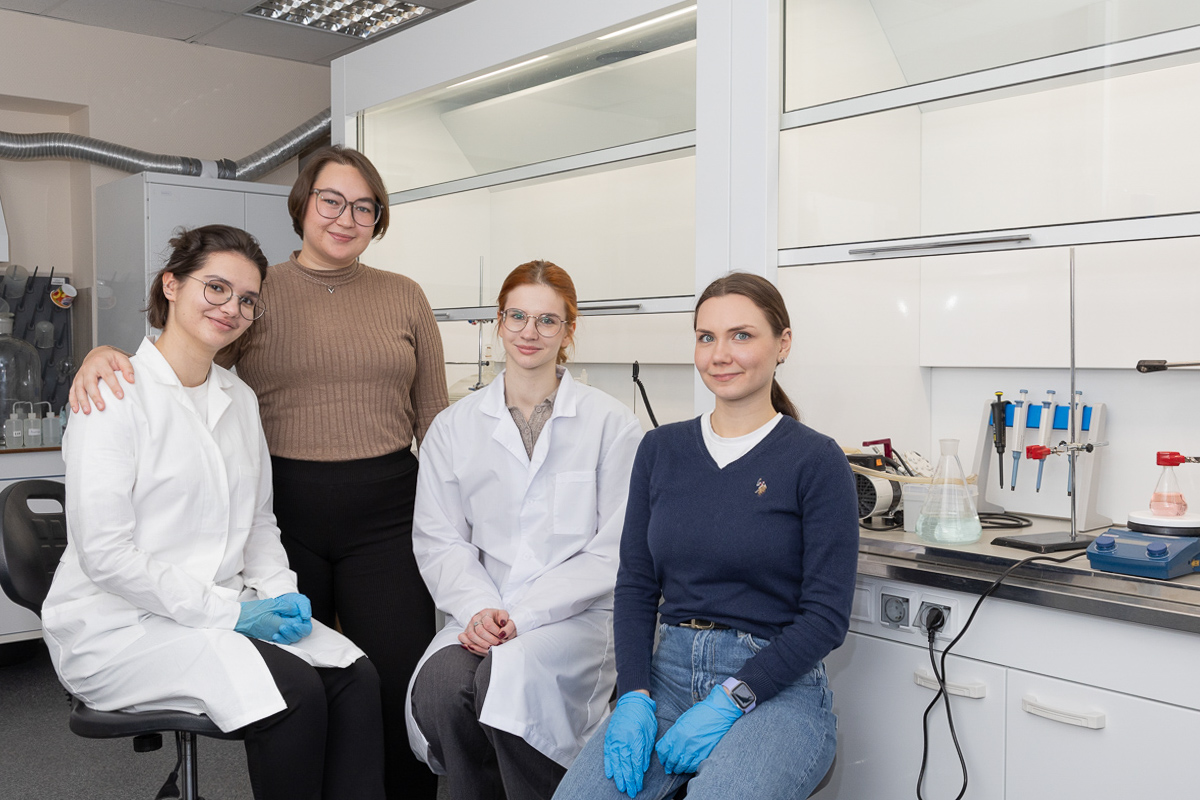SPbPU scientists have proposed a new comprehensive approach to cancer therapy
A new combined approach for antitumor therapy has been developed at Peter the Great St. Petersburg Polytechnic University. Studies on tumor models have shown its advantage over monotherapy. The scientists used the chemotherapeutic drug doxorubicin and nanoparticles to deliver radium-223 (²²²³Ra) directly into the tumor. A scientific article describing the results was published in the international scientific journal Biomaterials Science.

According to specialists, the result obtained during the experiments comes closer to solving the problem of tumor resistance to the standard methods of treatment used today — chemotherapy, radiation therapy, surgery.
Despite promising results in cancer treatment, standard monotherapy remains inadequate for a wide range of cancers. Combination therapy can significantly improve therapeutic outcomes compared to single-agent treatment.
However, determining the optimal regimen can be challenging. To this end, scientists at Polytechnic University are developing new approaches to cancer therapy. Specialists have created and studied the properties of new pharmacological combinations, and tested the safety and compatibility of such systems with the body. In addition, scientists have proposed several therapeutic schemes that could become an alternative to existing ones. The Polytechnic worked with models of the most common types of cancer according to WHO data: colorectal cancer, melanoma and breast cancer.

The scientists used a combination of the chemotherapeutic drug doxorubicin (DOX) and nanoparticles based on polylactic acid and calcium carbonate (PLA and CaCO₃) to deliver radium-223 (²²²³Ra). In this case, the radioactive isotope can be injected into the body either systemically into the bloodstream or by injection directly into the tumor. In the case of local delivery, the isotope is distributed in the tumor volume as efficiently as possible.
According to the scientists, the main difference between the proposed approach and other protocols for combined cancer treatment is the simplicity and low cost of synthesizing nanoparticles needed to deliver the radioactive isotope into the tumor. The novelty of the study lies in the use of the clinical method of chemotherapy with doxorubicin and supplementing it with sparing alpha-radionuclide targeted therapy.
Specialists noted that the combined therapy is not toxic to living organisms. This is evidenced by the data of laboratory and instrumental studies, which were conducted during animal tests. The therapeutic effect of the action was evaluated with the help of regular measurement of tumor volume and weight of laboratory mice. In addition, the morphological state of tumors and organs of animals was assessed using histological analysis.
